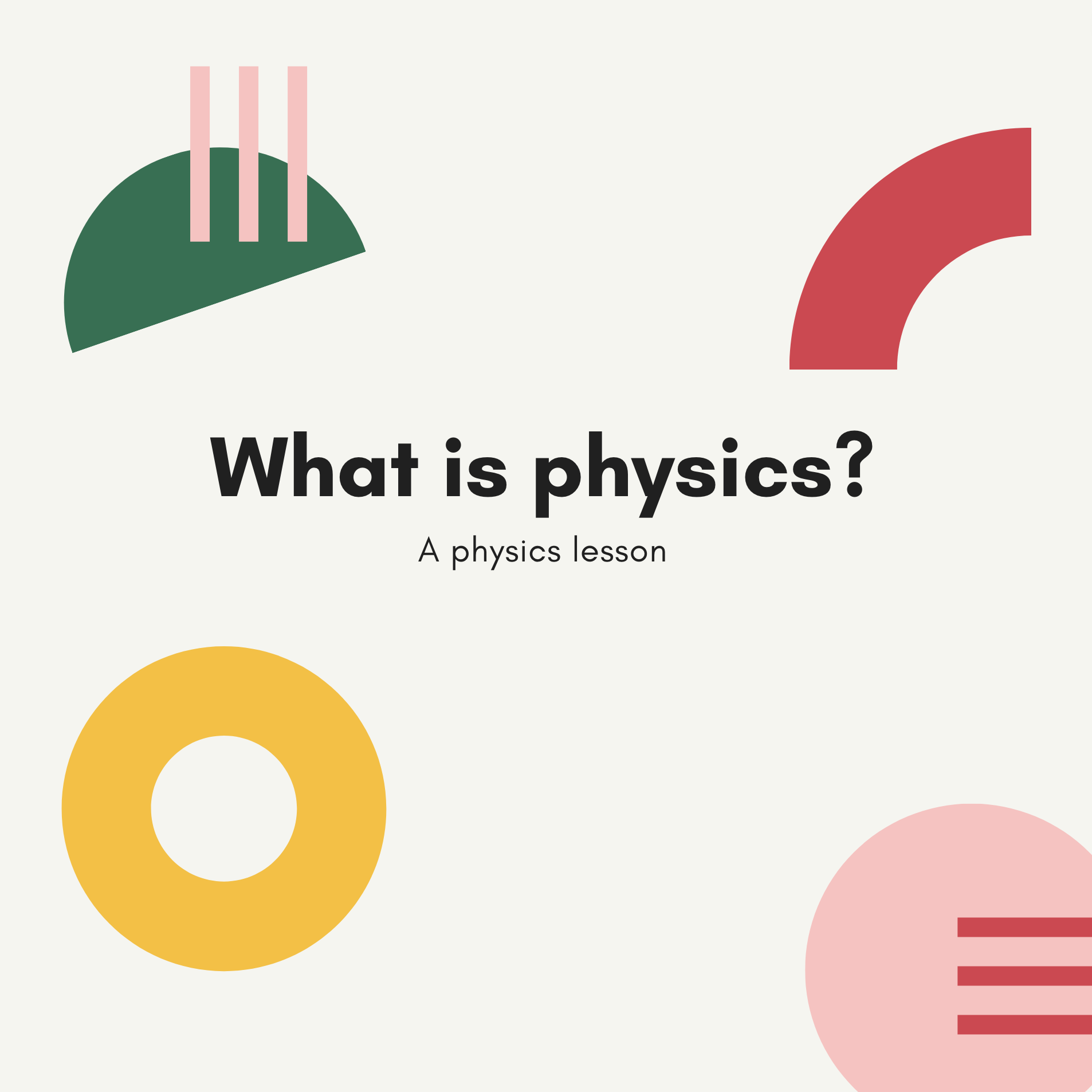Feel the forces
Our universe is a vast place filled with many different things, and for everything to be organized and functioning, there have to be specific forces at work. That’s why we have the four fundamental forces of the universe governing how everything works. They are:
- gravitational force
- electromagnetic force
- weak force
- strong force
Our universe is split into two hemispheres. One half is the macroscopic universe, which focuses on the stars, galaxies, planets, and nebulae. The other half focuses on the extremely small, like atoms, protons, quarks, and gluons. This article will learn about the forces that govern each hemisphere. Let’s start with the most apparent force we interact with daily. Gravity.
What comes up must come down…right?
…Not quite. If we throw something fast enough, say 11.2 km/s, it definitely will not come down. However, that is not the point. Gravity is a force that acts on any object that has mass, attracting other things with a smaller mass toward it. So the more mass an object has, the stronger field of gravity the object has. Like, the whole universe is like a giant rubber sheet, stretching and changing its shape based on the things moving on it. However, even though gravity makes stars and planets and basically everything significant in the universe possible, it is the weakest force. How can this be? Black holes are the objects with the most gravity in the universe, and they seem pretty scary. Look at how easy it is to fly, walk and throw things on Earth! It is effortless to defy gravity.
Electricity + magnetism
The electromagnetic force is pretty important. It keeps atoms and molecules with opposite charges: the same charges repel, and opposite charges attract. Using this simple rule, it has managed to keep stuff together and make chemical reactions possible. This is because the particles have an electromagnetic field surrounding them, enabling these interactions. Also, electromagnetic waves make up light! Although light is dual, made up of particles called photons that are massless and carry energy, electromagnetic waves with different wavelengths represent different types of light. Also, this force enables the world to work the way it does.
For example, all objects would go straight to the ground without it because nothing would stop them. If we put a book on a table, it doesn’t go through the table as gravity would want. It stays on top because the particles in the book repel the particles in the table, and the book is kept on the table—yet another example of how gravity is weak.
keeping atoms friendly
The next force is as essential as all of these forces, and it is called the strong force. Its primary purpose is to keep the atom’s nucleus together and keep the protons from escaping towards the electrons. As the name suggests, it is the strongest force in the universe, although it acts at tiny distances. It is 6 thousand trillion trillion trillion times stronger than gravity. That is many, many times stronger than gravity. But, contrary to popular belief, this force gets weaker the closer the protons and neutrons are.
Another one of its purposes is to keep quarks in check. Quarks are even smaller particles than protons, making up protons and neutrons. Gluons are particles that transmit the strong force across space, essentially “gluing” the quarks together, which in turn glues the protons together. If we try to pull quarks apart, so much energy gets spent, and we create new quarks since E = mc^2! Although this force is powerful, electrons do not experience it; only protons and neutrons.
the force of decaying matter
The last force on our list is the weak force or the force that governs quarks and decay. There are six types of quarks in the universe: up, down, strange, charm, bottom, and top quarks. And the weak force changes the type of the quark. This process is called particle decay, and it also applies to larger particles like protons and neutrons. If two particles hit each other hard enough in a collision, they can exchange particles called bosons and change their type.
And that’s it! These four forces govern all the interactions in the universe, making everything you see around yourself possible. However, scientists are disputing a fifth force: dark matter. It is an invisible force with an invisible particle, and we don’t know much about it.
Another goal for physicists is to create a unified theory of everything, or they are trying to unify the four forces into one force. So far, unification was done with the electromagnetic and weak force, but gravity is the force that keeps messing things up. Hopefully, we will find a way to unify everything and make sense of the universe even more in the future.




